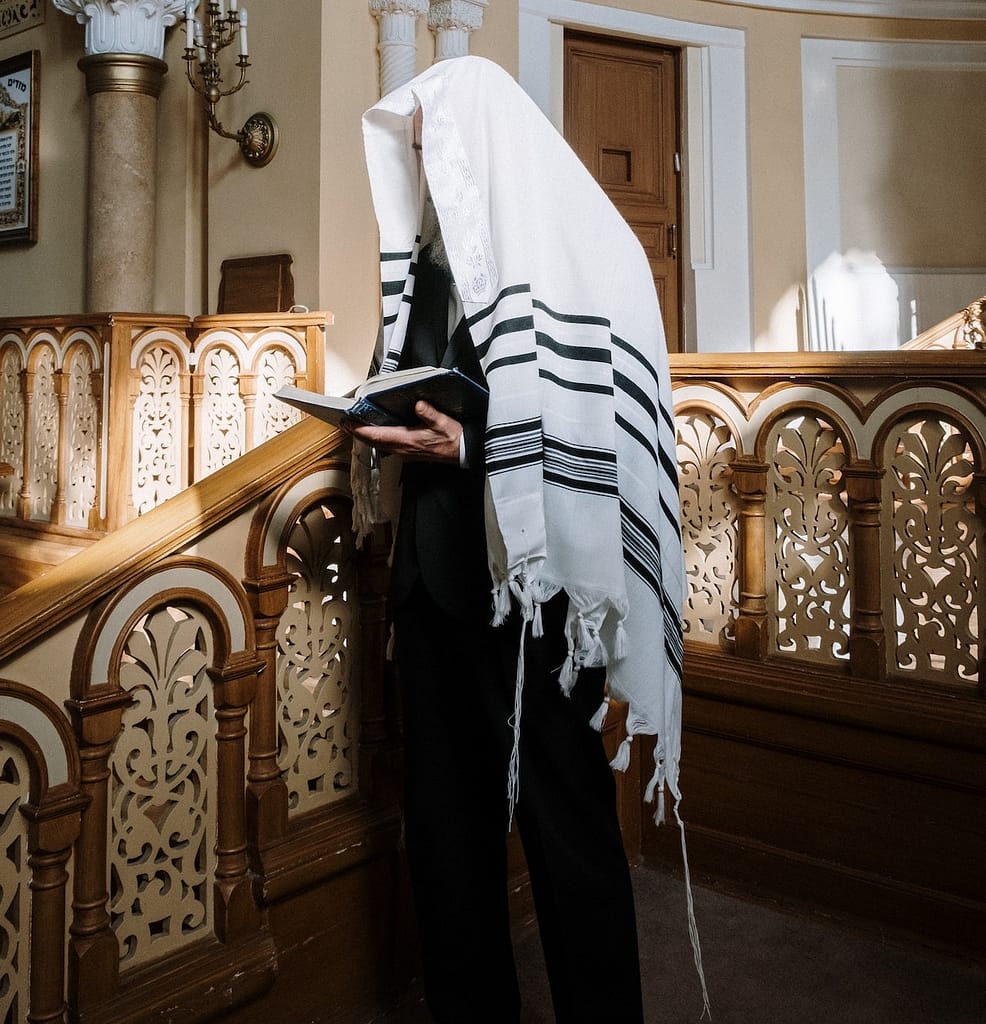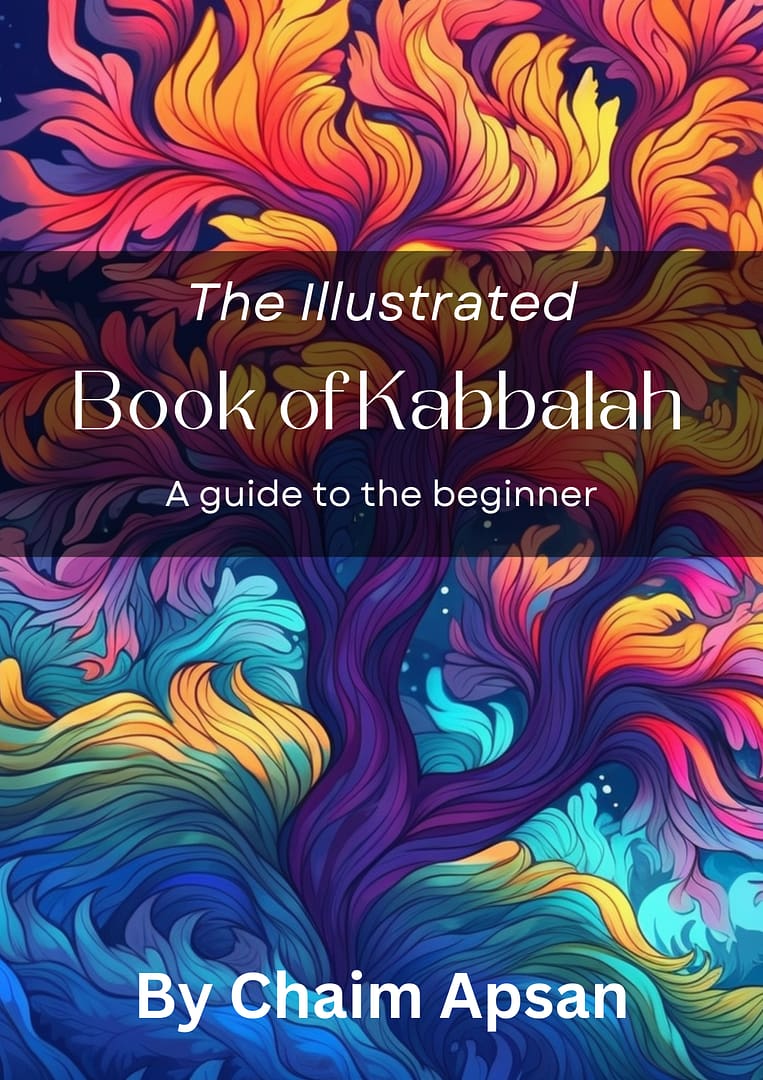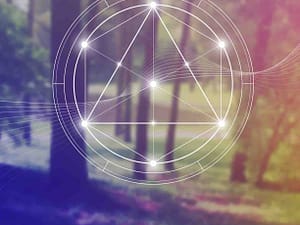I made this blog post called “secrets of prayer” not because these are some of the things people ignore or don’t know about.
Everyone lacks something. Whether it’s health, wealth, spouse, children, wisdom, it doesn’t matter. The solution to all of these, writes Rebbe Nachman, is prayer.
But not all prayer is created equal as everything is taken into account before a prayer “is heard” by Hashem. A person’s level of service, time, place, intention, type of petition and means used for praying are all taken into account.
Sure, in a sense, Hashem hears everything, and knows everything. However, the Zohar Idra Zuta teaches us there are many obstacles that prevent a prayer from ascending. The prayer also has to travel a long time before Hashem “hears” it and accepts it.
So, who wouldn’t want to shorten that distance? Maybe get a little shortcut?
While no one can guarantee a prayer will be well received, here are at least some of the factors Hashem takes into account when judging whether to accept and whether to fulfill it.

The following secrets of prayer come directly from the Talmud, the Zohar, the Arizal, the Baal Shem Tov or Rebbe Nachman of Breslov:
1. Time of the prayer
Time is important because during certain periods of the day there are more or less dinim (judgments).
On regular weekdays, the best time to pray is after Chatzot Layla (midnight) after Tikkun Chatzot. On Shabbat, it’s after Mincha, when we enter Ra’ava D’Ra’avin (desire of desires), but it’s proper not to ask for personal requests so much as we learn in the Gemara Shabbat.
Purim and Chanukkah, are particularly great anytime, as well as Tu B’Shvat for one’s spouse.
The same applies if you are praying on the 15th or 29th of the Jewish month on Kivrei Tzadikim. This is because, the Arizal explains that during these 2 days the Tzadikim’s souls are shining brighter in their graves. This also happens on the Hilula (Yortzeit, day of death) of a certain Tzadik in his grave.
There may be other auspicious times to pray like one’s birthday, when he was elevated (like when he left prison) or whenever a miracle was done for him. This is my personal feeling.
2. Place of the prayer
There’s not so much to say here: if you can, go to a synagogue or beit midrash to pray as the holiness of these places are conducive to not only proper ascension. Also, you are less likely to be disturbed. That is, of course, assuming it’s a place that people treat with respect and people honor Hashem there.
Graves of Tzadikim are also particularly conducive to prayer, as the Tzadik buried there can help you elevate the prayer to its source. Rebbe Nachman of Breslov also emphasizes going to the woods to pray (especially at night) since the trees and plants can also join in giving strength to your prayer.
Impure places like close to houses of idol worship, where idol worshipers reside, or where bad things happened (like Shechem, where Yosef was sold, but outside his grave) have a lot of negative energy, so stay away from it (besides the regular physical danger).
Personally I like going to the Ben Shemen forest in Israel, it’s incredibly quiet and you are likely to not see anyone for the whole time while there.
3. Level of service of the one praying
This includes Kedusha, Taharah, level of observance of Torah and Mitzvot, how much Tzedaka one gives, Mesirut Nefesh (self-sacrifice), and other rituals such as going to the Mikveh (for men).
While Ba’alei Teshuva in their early days and even completely irreligious people may have some leeway, generally it’s the prayer of people who study hard and keep mitzvot to a high degree that gets accepted and answered.
My point is that if one needs something despertaly, it pays to add to one’s level of service. Small additions like studying Mishnayot after eating bread (as the Arizal writes, elevates the Ruach in the food), waking up for Chatzot, all add up.
This actually isn’t one of the great secrets of prayer per se. Doing Teshuva in general and adding to one’s service, assuming it’s something reasonable and good, can greatly help one get closer to Hashem.
4. Avodat HaMiddot (work on traits)
It’s entirely possible for a person to fulfill the entire Torah and still fail in Avodat HaMiddot.
This is what the Ramban calls “naval b’reshut ha’Torah” (a debased person within the parameters of the Torah). I wrote in another article that technically speaking one can eat anything Kosher he wants. Whether he should stuff himself on regular weekdays or even on Shabbat is another matter.
A person who worked on himself not to feel anger, is not makpid on others, doesn’t desire the physical world so much will have a much easier time having his requests fulfilled. There’s a story in the Talmud where Rabbi Akiva was answered because he was ma’avir al midotav (didn’t claim respect [whenever due]).
5. Means of praying
General prayer takes the form of Tehilim (psalms), pre-written prayers (like Likutey Tefilot), or personal prayer, which is completely original. It can also be in the original Hebrew or in one’s own language. Night is an ideal time for personal prayer as the Arizal forbids praying with Tehilim.
During the regular prayer hours (Shacharit, Mincha and Ma’ariv), one can add personal requests in the Shema Kolenu of the Amidah. The Arizal also recommends confessing one’s sins then. This is written in many siddurim.

Rebbe Nachman teaches that personal prayers have an advantage because the Sitra Achra never heard it before and can’t ambush it. It’s like one travelling through the forest toward the city through a path no one, not even the bandits, know about.
It’s hard(if not impossible) to tell what is better in each case. Use common sense.
6. Re’uta D’Libah
This refers to the innermost desire in one’s heart.
From the writings of the sages and real Tzadikim, one who can put his strength in his words and can suspend his connection to the physical world has more power in prayer. We may need to do a post only on this topic later but check out this video (to be uploaded) about the heart meditation.
This simple exercise requires you to sit in a quiet room. Try to calm your mind for 2-3 minutes. Breathe deeply and relax. Then try to put your awareness on your hand. Feel it without moving it. You may actually be surprised to realize you can actually become it (but don’t panic).
If you want to concentrate more, use this exercise when praying and put your awareness in your heart, which is a center of consciousness. The heart will beat faster and you will have a felt sense your prayer has more power (literally, this is real experience).
You can also put your awareness in the words coming out of your mouth and the area between the eyebrows. Doing so will give you a lot more power and increase your concentration.
The difficult part is keeping it for longer periods of time. It’s a fun training.
7. Shemirat Eynayim and Shemirat HaBrit
For men (and women, dare I add), guarding one’s eyes and brit is absolutely important, as Rebbe Nachman explains in many places in Likutey Moharan. Purity of eyes and purity of the brit are two sides of the same coin, and one who really does an effort to keeping them has a huge advantage.
This is because the eyes are sensitive and a straight portal to the soul. All images the eyes perceive are imprinted and never leave the soul, though it may remain in a person’s subconscious.
Purity enables the soul to have a lot more force and express itself more.
8. Preparation and focus
One doesn’t just jump into praying. Preparation not only is important so that the words come out properly, but also because there’s less chance foreign thoughts will arise. A foreign thought (let alone an impure thought), can cause damage and prevent one’s prayer from ascending. It also gets difficult to have Re’uta D’Libah (#6) and focus properly.
Preparation is what our sages write that the ancient holy men would do: 1 hour to calm the mind, 1 hour to pray and 1 hour to “come back”. Nowadays few people have as much time, but even 5 minutes of meditation, hitbodedut and/or yichudim can bring a great difference.
9. Repetition
Simply put, after all the other aspects have been taken into consideration, repetition can cause a prayer to be accepted more easily. Reb Natan writes that a prayer that’s repeat for 40 days makes a very strong impression in Heaven and has more chance of being accepted.
This shouldn’t be confused with being obstinate, especially if you are asking for something good (like health or spouse). An obstinate person will not let go even when everything is pointing out to the fact that he shouldn’t pray for that.
If our desire is proper and the prayer is l’shem shamayim, we shouldn’t be discouraged from praying a lot for it. Good things are hard to come by. Moshe Rabbenu prayer 515 times to enter Eretz Yisrael until Hashem had to personally tell him to stop. What is most shocking is that Hashem himself had to stop him, because otherwise, He’d have acquiesced!
10. Utentils
Prayer with Tefilin, Tallit and even clothing of Tzadikim can help prayer a lot. It should go without saying that the more modest the better. You are, after all, addressing the King of kings.
Lack of proper clothing (like wearing shorts) can also cause the Sitrah Achra (“the other side”, evil) to attach itself to the person praying and prevent his prayer from ascending.
11. Company
I don’t think I need to tell anyone that praying the company of Tzadikim can be a great way to propel your prayer up. If you have 10 people with you then all the better. If you have Tzadikim, plus a multitude of peopel together, as we usually have 200-300 men when we go to Ido HaNavi with Rav Berland... well, you have to be there to understand.
12. Kavanot, Yichudim and divine names
Sure, few people use Kavanot (mystical intentions) and Yichudim (unifications) even with the increasing popularity of Kabbalistic siddurim. But the Arizal writes that one who uses Kavanot (properly) has a tremendous advantage, because he’s considered a partner in Creation, a servant who’s always next to his Master and he helps fix the spiritual worlds in a most effective way.
The Arizal also teaches that “there’s nothing higher than Yichudim” and that “it’s even higher than Talmud Torah”. Praying with them can be a great help, provided the person is pure and not a ba’al keri (in which case he should not use them at all until immersing in the Mikvah).
One can also pray while have an Yichud or one of the names of Hashem in mind and that also helps a lot.

Other factors to consider
The sages write in the Talmud that one who’s wearing Sha’atnez has his prayers torn and given over to the dogs (a reference to the Sitra Achra). Similarly a Ba’al Keri who didn’t tovel in the Mikvah yet will have a hard time getting past the mekatregim (accusing angels) who want to prevent his prayer from ascending.
The Baal Shem Tov teaches in Tzava’at HaRivash that, ideally, a person should be exceedengly happy when prayer, rather than crying with sadness. Happiness breaks many barriers.
Obviously, a person may be in a very bad place spiritually and still be answered. Even a complete kofer (denier of the Torah) can be answered.
The doors of Teshuva are always open and even if someone has committed every possible sin in the Torha, he can still be answered like King Menashe who was admitted to Gan Eden after all the rotten things he did.
Nevertheless it’s important to keep in mind that Hashem desires our service.
Concluding remarks on secrets of prayer
Prayer is an incredibly high form of Avodat Hashem. R’ Shmuel Shapiro Zt”l, one of Breslov’s luminaries of the previous generations used to scream at the top of his lungs when praying in the woods to the point of caughing blood. He had tremendous syata d’shmaya and had many righteous kids.
Sure, one doesn’t need to caugh blood in order to merit all this but take for example the Saba Kadisha (R’ Yisrael Ber Odesser) who spend copious amounts of time only praying for every single thing. To everyone’s astonishment, he was incredibly wise and knowledgeable in all areas of the Torah. One student once asked him “Rabbi you spend almost all your time praying, how do you actually know all these things if you ‘barely’ study?!”. The answer was that “yes, I don’t study so much. But thanks to my prayers, whenever I study, even a little, everything suddenly opens up for me and I simply know it”.
I realize a lot of what I wrote might be difficult to digest, but there are proofs for every single point I mentioned. I may later write the sources, though I know more or less where they are, I prefer to be precise.
The main point is not to despair and to always make an effort to come closer to Hashem. Though a person may be or feel far off from holiness, Rebbe Nachman writes there’s no despair and one should never give up hope.













